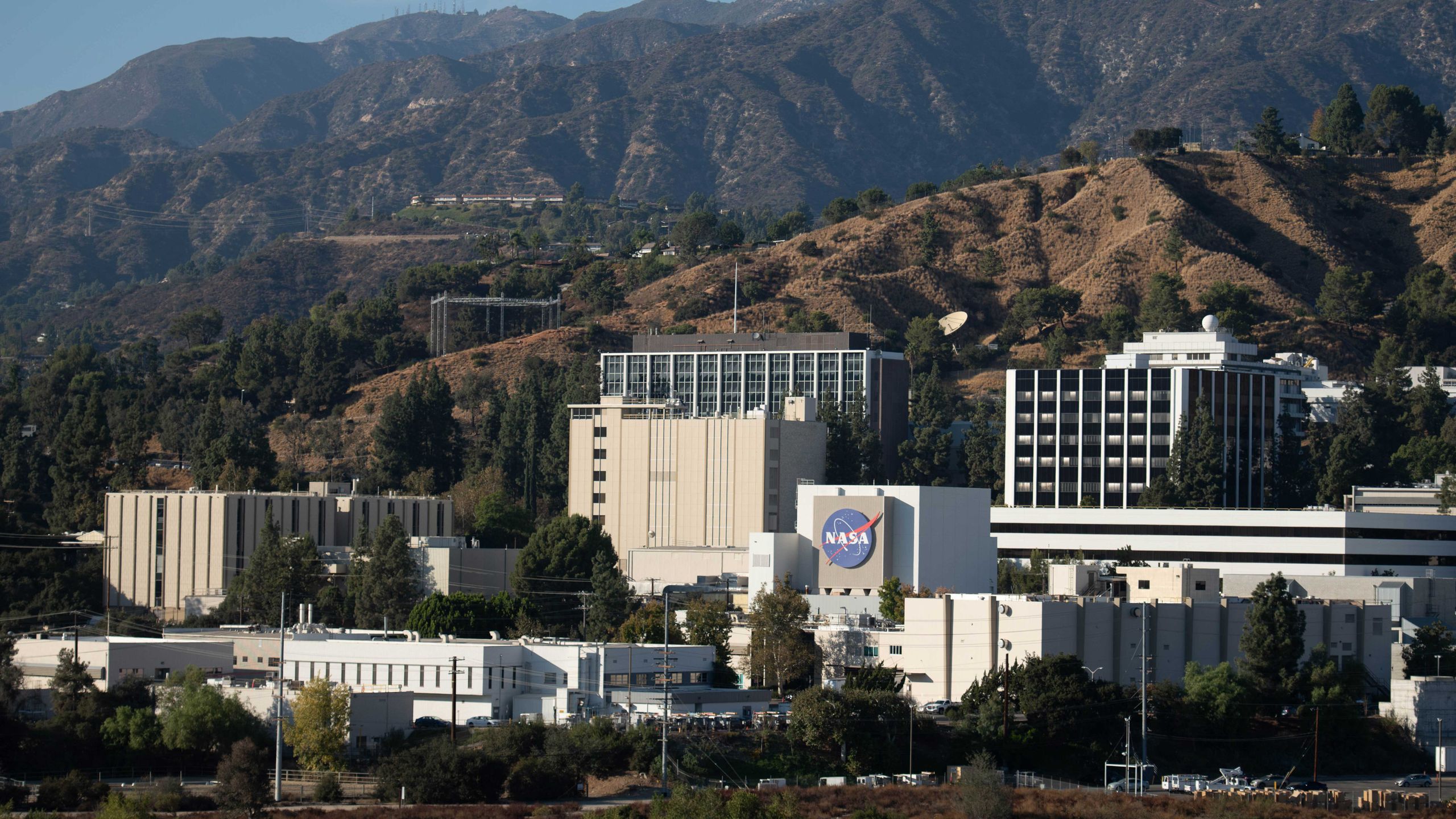NASA and SpaceX are targeting July 31 for the launch of Crew-11, a mission that will carry four astronauts aboard the Crew Dragon Endeavour to the International Space Station (ISS). As reported by Space.com, the launch will take place from NASA’s Kennedy Space Center in Florida, marking the spacecraft’s sixth flight and solidifying its place as one of SpaceX’s most reliable crewed vehicles. This mission will also coincide with the achievement of 25 consecutive years of human presence aboard the ISS, highlighting the ongoing success of international space collaboration.
The Crew and the Spacecraft
The crew members of Crew-11 represent the international spirit of space exploration. Zena Cardman, a first-time space traveler, is eager to experience the vast unknown of space. Alongside her is Mike Fincke, who brings extensive spaceflight experience with him, having spent a total of 382 days in space. Kimiya Yui, a JAXA astronaut, has already completed a mission to the ISS and is now returning for his second flight, while Oleg Platonov, a cosmonaut from Roscosmos, is embarking on his first space journey.
This diverse team will board the Crew Dragon Endeavour, a spacecraft that has a proven track record of success. As Sarah Walker, SpaceX’s director of Dragon mission management, highlighted: “This Dragon spacecraft has successfully flown 18 crew members representing eight countries to space already, starting with [NASA astronauts] Bob [Behnken] and Doug [Hurley] in 2020, when it returned human spaceflight capabilities to the United States for the first time since the shuttle retired in July of 2011.” This underlines the spacecraft’s remarkable reliability and the crucial role it has played in returning human spaceflight to U.S. soil.
The Crew Dragon Endeavour has undergone various upgrades in preparation for this mission. Notably, it will feature the drogue 3.1 parachutes, a new system designed for enhanced performance during re-entry. This upgrade is part of SpaceX’s ongoing commitment to improving safety and efficiency with each mission.
The Road to the ISS: A Tight Launch Schedule
The launch of Crew-11 is strategically timed to align with other scheduled missions to the ISS, creating a tight window for launch and docking. As Bill Spetch, ISS operations integration manager at NASA, pointed out: “Providing multiple methods for us to maintain the station altitude is critically important as we continue to operate and get the most use out of our limited launch resources that we do have.” The docking process will be coordinated with Crew-10‘s departure and the upcoming CRS-33 mission, which will deliver supplies to the space station.
SpaceX’s Falcon 9 rocket has already supported previous missions, including Starlink 12-10 and the private Ax-4 astronaut mission. For Crew-11, the Falcon 9’s first stage, designated B1094, will undergo its final stages of refurbishment. This stage of the rocket will ensure a successful lift-off and mission completion, which is especially critical given the busy schedule of space station traffic. This tight choreography of launches and docking times is a challenge for NASA, but one that they have met with exceptional precision and teamwork.
The Crew-11 mission will mark the first time that the Crew Dragon Endeavour will use its new parachute upgrades, demonstrating how SpaceX continues to refine its technology to ensure the safety and success of future missions.
Milestone of Continuous Human Presence Aboard the ISS
This mission is especially noteworthy because it will coincide with a significant milestone in space exploration. On November 2, the ISS will celebrate 25 consecutive years of human presence in space. As Ken Bowersox, associate administrator of NASA’s Space Operations Mission Directorate, shared: “That’s going to be a huge milestone. The occasion, he added, is ‘a great testament to the work of our commercial partners, our international partners, and the whole NASA team.’” The continuous human presence aboard the ISS has been an incredible feat of collaboration and technological innovation, and Crew-11 will be part of this enduring legacy.
The upcoming mission will be part of ISS Expedition 73/74, and its astronauts will contribute to a packed agenda of scientific experiments, station maintenance, and continued preparation for future missions. The success of this program is key as NASA looks to the Artemis program and future exploration of the Moon and Mars.
Source link


